Outside the classroom
Learning outside the classroom is not just about making visits. It is quite simply about the world beyond the classroom whether that is places, historic sites, museums and monuments. Opportunities for engaging children on the school field whether it is building shelters re-enacting events or creating a film or walking around the locality understanding how the landscape has affected or has been affected by people and events in the past.
Sort by:
Date (Newest first) | Title A-Z
Show:
All |
Articles |
Podcasts |
Multipage Articles
-

A View from the Classroom - Museums
ArticleClick to view -
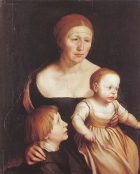
A View from the Classroom: Writing History
ArticleClick to view -

A creative Egyptian project
ArticleClick to view -

Archaeology - An approach to teaching history at Key Stage 2. Curriculum history
ArticleClick to view -

Artefacts handling at Brunel's SS Great Britain
ArticleClick to view -

Beyond the classroom walls: museums and primary history
ArticleClick to view -

Cabinets of Curiosities, The History of Museums
ArticleClick to view -

Case Study: Prehistory in the primary curriculum: A stonehenge to remember
ArticleClick to view -

Children's thinking in archaeology
ArticleClick to view -

Churches as a local historical source
ArticleClick to view -

Co-ordinators' concerns: Visits and Ofsted
ArticleClick to view -

Creating the 'creative history' website
ArticleClick to view -
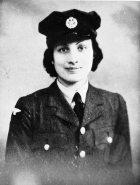
Cross Curricular Project on a famous person
ArticleClick to view -

Curriculum planning: How to write a new scheme of work for history
ArticleClick to view -

Doing history with objects - A museum's role
ArticleClick to view -
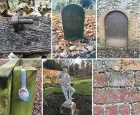
Emerging historians in the outdoors
ArticleClick to view -
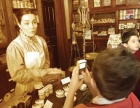
Geosong: a transition project
ArticleClick to view -

Hearts, Hamsters and Historic Education
ArticleClick to view -
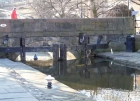
History in the Urban Environment
ArticleClick to view -

Home Front Legacy 1914-18
ArticleClick to view

